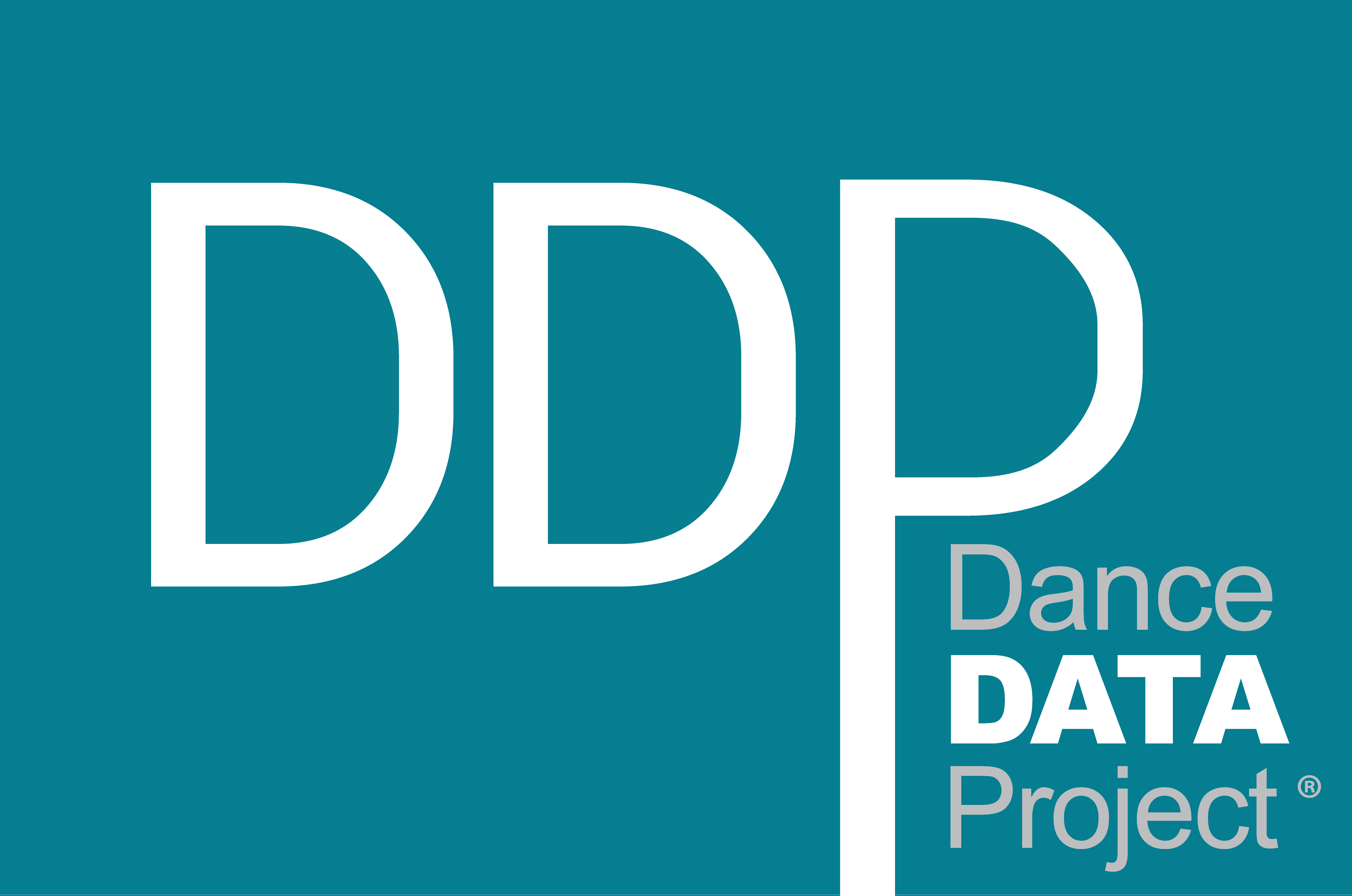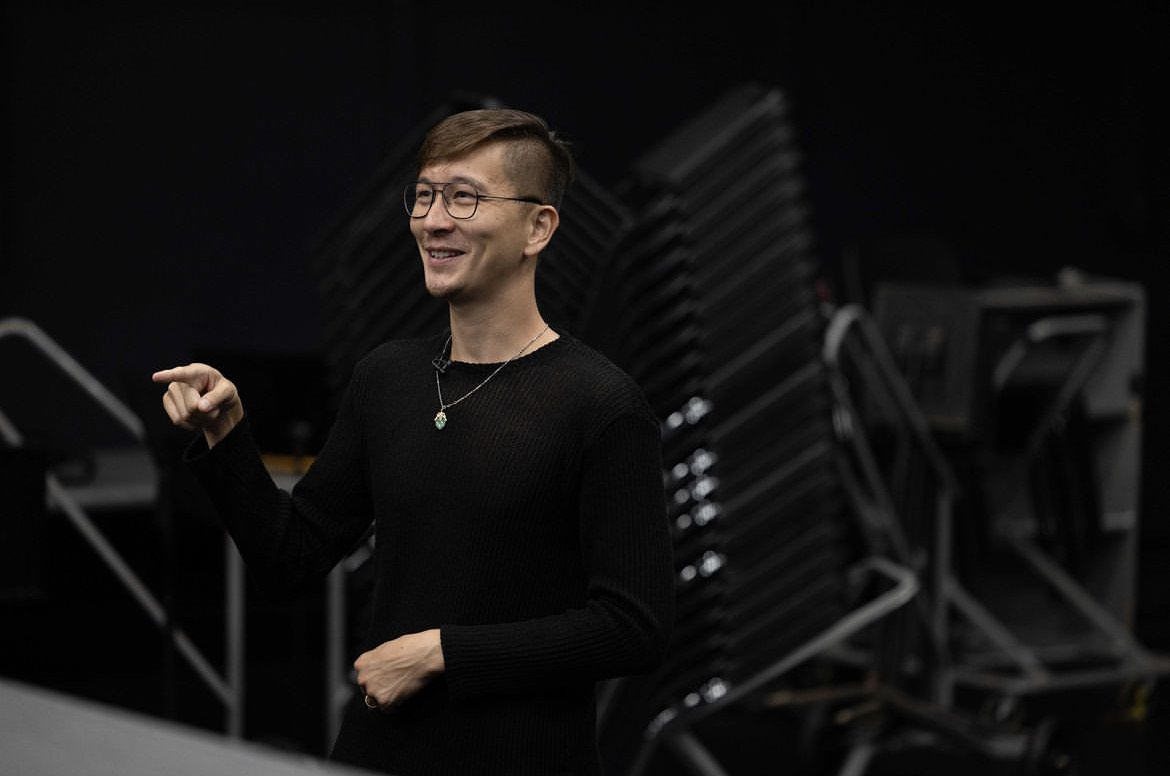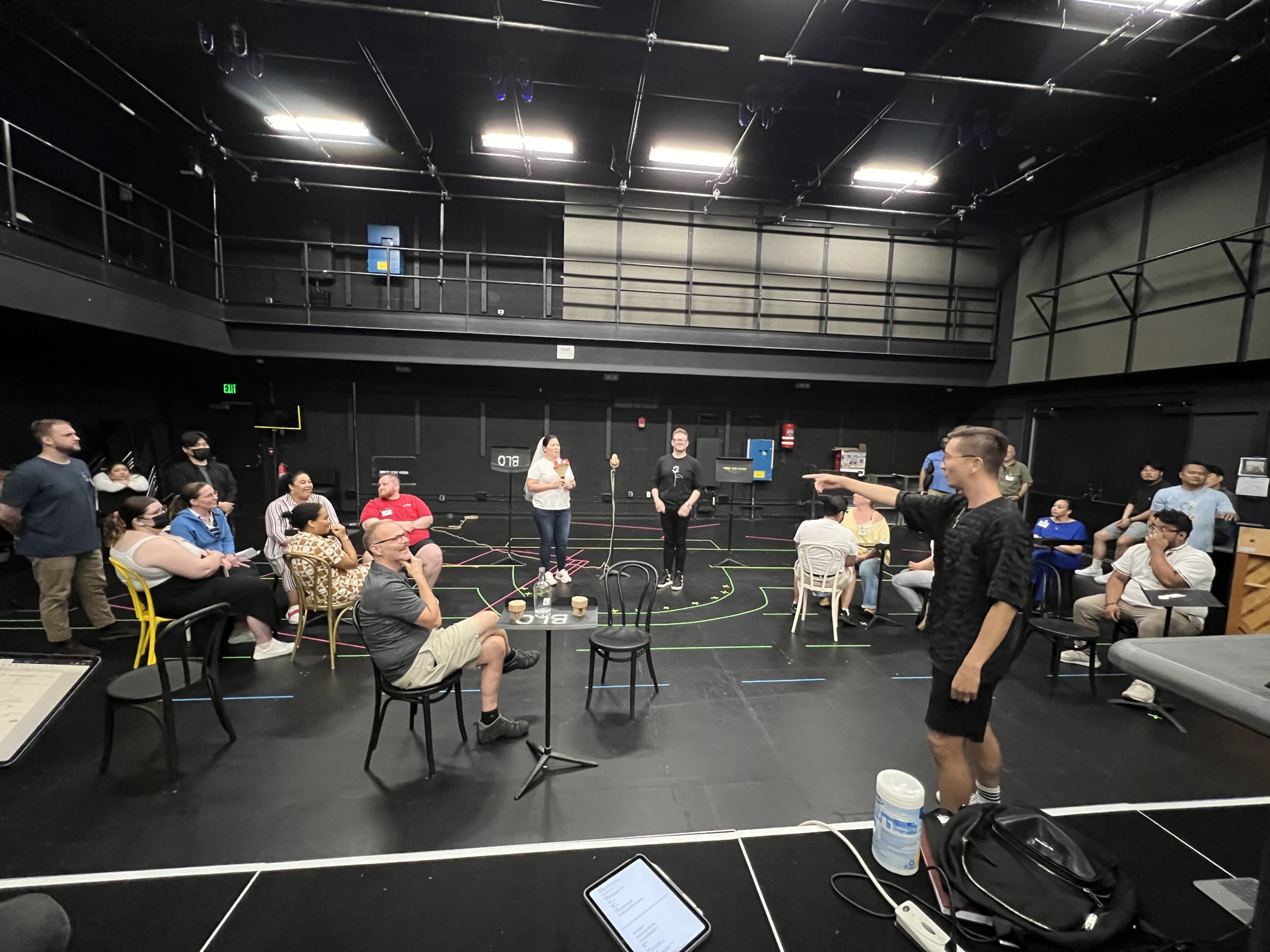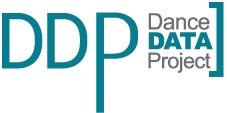Choreographer Profile:
Phil Chan
You directed the Boston Lyric Opera’s new Madama Butterfly, which premiered in September of 2023. This production moved the story to 1940s San Francisco on the eve of Pearl Harbor and focused on Japanese incarceration during WWII. Director Matthew Ozawa has spoken about the role of erasing “stereotypical gestures” from the opera. How were both gestural and dance movements an important element of retelling this story? And, how did traditional Japanese dance inspire and inform your choreography for this opera?
Michael Sakamoto was the choreographer of the show. His background is butoh and hip hop, but his family was also incarcerated during the 1940s. He told me a wonderful story about how he channeled both his maternal and paternal grandmothers in one of the solo dances he created for the Butterfly character (portrayed by dancer Cassie Wang), about the conflict between conforming to what is expected of you as a woman, but also rebelling against those expectations and finding some degree of independence. This conflict was especially poignant for many second-generation Japanese American women of the time. Michael also incorporated a traditional Japanese Bon Odori dance that his mother taught him into the humming chorus as a way to flesh out the character of Butterfly, while showing an empowered female character. This goes against the usual submissive/passive depiction of Cio Cio San often seen in traditional productions of Butterfly, and instead allowed us to flesh out a strong female character to go against what was written by Puccini while staying true to his music.
Similarly, you have reworked ballets like The Nutcracker and, this upcoming March, La Bayadère to remove damaging stereotypes. What is the role of choreography in retelling these stories more inclusively and accurately?
I like to describe my work as the opposite of cancel culture; I am not advocating for us to no longer perform problematic works, I am pushing for our field to find creative ways to reimagine them. La Bayadère can be quite problematic when depictions of Indian people, religion, and culture are treated as merely a colorful or “exotic” setting to exploit. My challenge is: “how do we keep the good parts – the sublime choreography – without retaining the problematic bits, like the demeaning depictions in Blackface crawling around on the ground like apes?” Our Bayadère is set in the Golden Age of the Hollywood musical, where our characters are filming a cowboy picture. No one needs to change their race, the story is about us instead of them, and we retain the beloved Petipa choreography and Minkus score without the orientalist trappings, which, in the 21st century, serve as an unnecessary distraction to the art we are trying to appreciate.
Boston Lyric Opera also created The Butterfly Process in response to the inaccurate and harmful stereotypes of Japanese culture and Asian and Asian-Americans seen in Puccini’s Madama Butterfly. Can you tell us more about this initiative and your contribution to it?
The Butterfly Process was a year-long investigation that I led of what makes Madama Butterfly problematic, featuring scholars, directors, performers, historians, and other creatives. We really wanted to get a wide variety of opinions and perspectives, which then could be used to inform a new direction for this work. So often these panel discussions are thought of as “education,” a shield used to demonstrate thoughtfulness on the part of an organization, sometimes in direct conflict with a problematic artistic production. We didn’t just want to say, “here is why Madama Butterfly is racist and sexist…now enjoy the opera the way it always has been done!” That’s just lip service and is an insult to the audience you are trying to engage. We wanted the product of the discussion to guide us to making better art.
One of the resources provided as part of The Butterfly Process is Voicing Quietness: Madama Butterfly and the Perception of East Asian Women, which discusses the stereotype of Asian women being “submissive, passive, and meek.” In your work, how do you prioritize improving female representation and fostering opportunities for Asian women in the arts?
I worked with a creative team of mostly Asian and Asian American women, because they acutely felt the impact of doing this work in a sexist way and would help the production avoid that. They had much more skin in the game than I do as a man. I wanted the opera to have integrity when presented at a time when Asian people, especially women, were being scapegoated for a global pandemic. Spat on, followed home, stalked, gunned down in dance studios, pushed in front of trains, murdered. It seemed like every week during our process there was another tragedy involving an Asian woman. Perhaps if we didn’t have so much art that reinforced a hypersexual hyper-submissive “Oriental” women revered as “canon,” we might not be in this place in our society. I certainly didn’t want our production to contribute to that. I am so proud that we were able to create a nuanced portrayal of a strong Asian woman who continues to live despite the odds against her, a tragedy of circumstance that highlights the injustice against Japanese Americans in the 1940s without succumbing to the usual stereotypes of Asian women.
Who are some female artists and leaders you’ve collaborated with or worked alongside in your career who you’d like to celebrate or promote?
Georgina Pazcoguin is my partner in change at Final Bow; I wouldn’t be able to do this work without her and we are not only a solid team but dear friends. She’s an incredible dancer, a fabulous producer, and a passionate advocate. Nina Yoshida Nelson at Boston Lyric Opera, who also co-founded the Asian Opera Alliance is also a powerhouse advocate with brilliant artistic sensibilities – make sure she is on your radar. I think Jeanette Yu, who did the lighting designs for our Butterfly, is insanely talented and can do anything; hire her, or else be satisfied with sitting in the dark. I had the pleasure of commissioning a work years ago by Adriana Pierce, who is the founder of Queer the Ballet, and doing a lot of interesting work with female/female partnering in ballet and getting us out of a strict gender binary. Theresa Ruth Howard has also done incredible work raising visibility for Black artists in ballet, as both an educator, advocate, and producer. Meredith Martin, my collaborator on the “Ballet des Porcelaines” who is on faculty at NYU is probably the smartest person I know, with a wealth of knowledge, and a wicked sense of humor.
In the same way that The Butterfly Process is unpacking cultural appropriation in opera, the Final Bow for Yellowface is working to create positive, accurate Asian representation in ballet. What changes have you accomplished so far and how do you foresee these initiatives spreading throughout the arts and performance industries? What new projects do you have in the works, or that you would like to see?
I am really proud of our upcoming series of dance festivals focused on AAPI choreography called 10,000 Dreams (10,000 is the “biggest” number in a lot of Asian cultures, sort of like saying a zillion bajillion). During the pandemic, I realized that while a lot of ballet companies had pledged to no longer do yellowface (caricatured depictions of Asian people) on our stages, many of these same companies had never hired Asian choreographers. The excuses were plenty: “Oh, we haven’t found someone who is a good stylistic fit,” “we haven’t found someone who is ‘ready,’” or “there just aren’t any on my radar…” So flimsy! Well, I thought to myself, if you can’t find any, I’ll show you 31 – so every day during the month of May for AAPI Heritage Month in 2021, Final Bow featured a different AAPI choreographer on our website, which included a digital work and more information about each choreographer. The festival cost us zero dollars, just our time and labor, and ultimately resulted in 6 commissions, 5 of which went to Asian women. See! We can be intersectional and push for women and Asian talent at the same time! Now several years out, we have enough repertory in major American companies that we can program entire festivals with just AAPI choreography. We have a series of performances at the Northrop in Minneapolis coming up in April with Washington Ballet, BalletMet, and Oakland Ballet, and a week at the Kennedy Center in June, which will feature Houston Ballet, Washington Ballet, Pacific Northwest Ballet, Ballet West, as well as special performances by the National Ballet of China and Singapore Ballet and will also include an evening of dance films screened outdoors. The majority of the repertory is by women – why not?





 Stephanie Martinez, recipient of the Sybil Shearer Fellowship, Photo by Andrew Weeks
Stephanie Martinez, recipient of the Sybil Shearer Fellowship, Photo by Andrew Weeks